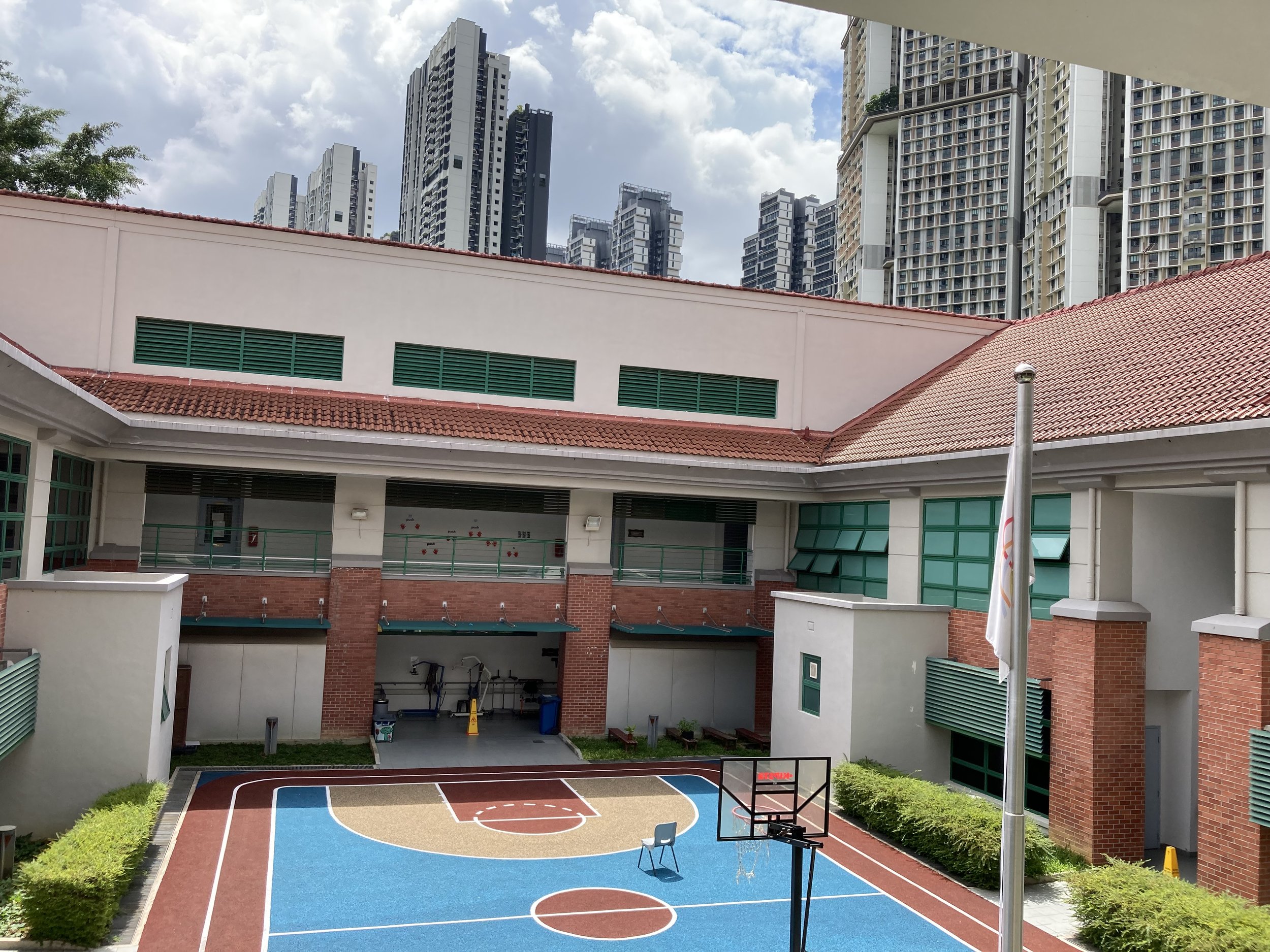
Supporting Transition for Students with Disabilities in Singapore
Engaging in the community to promote a more inclusive society
Developing Regenerative Societies Through Inclusion and Diversity
-
Transition from school to adulthood is a critical time for any youth, but particularly for those with disabilities. During these years, youth are navigating identity formation; discovering strengths, skills, and preferences; and finding their place in wider adult society. However, many young adults with disabilities hear far less about their gifts and capacities than their deficits and the challenges they face. Additionally, such youth often experience a significant disruption of services and supports as they move from one system (schools) to another (adult social and employment services). As a US-Singapore collaboration of higher education institutions and educational service organizations, this project supported a cross-cultural multimedia toolkit to support youth with disabilities and their families in identifying strengths, skills, preferences, and discovering areas of community engagement for the future.
The development of the Community Engagement Toolkit involved two phases. In Phase 1, the consortium of US and Singapore organizations – as well as an advisory team of experts from both countries, including persons with disabilities – identifed needs and areas for toolkit development. Using PhotoVoice methodology, along with Geographic Information Systems (GIS) software, the toolkit was used by youth with disabilities and their families to create visual resumes, engage in a post-secondary discovery process, exercise self-determination, and craft their own life transition plans. A variety of elements including photographs, videos, drawings, and other multimedia mediums was supported in the toolkit.
In Phase 2 of the project, we conducted a small pilot of the toolkit with approximately five youth with disabilities and families in Singapore and an equal number of young adults in the United States. Not only did the youth with disabilities and their families gather/create multimedia to support their own self-determination and transition planning, but they were also supported to use artistic self-expression with video and photography to capture the lived experiences of youth with disabilities in the two countries. These more artistic pursuits are featured in a virtual online gallery with both Singaporean and American youth with disabilities together to promote cultural exchange and further US-Singaporean relationships. T
The project lasted from 2021 – 2022.
-
The project partners include:
Fora Education
University of Minnesota Institute on Community Integration, USA
National Institute of Education, Nanyang Technological University, Singapore
Rainbow Centre, Singapore
-
This project was generously funded by the U.S. Embassy of Singapore




